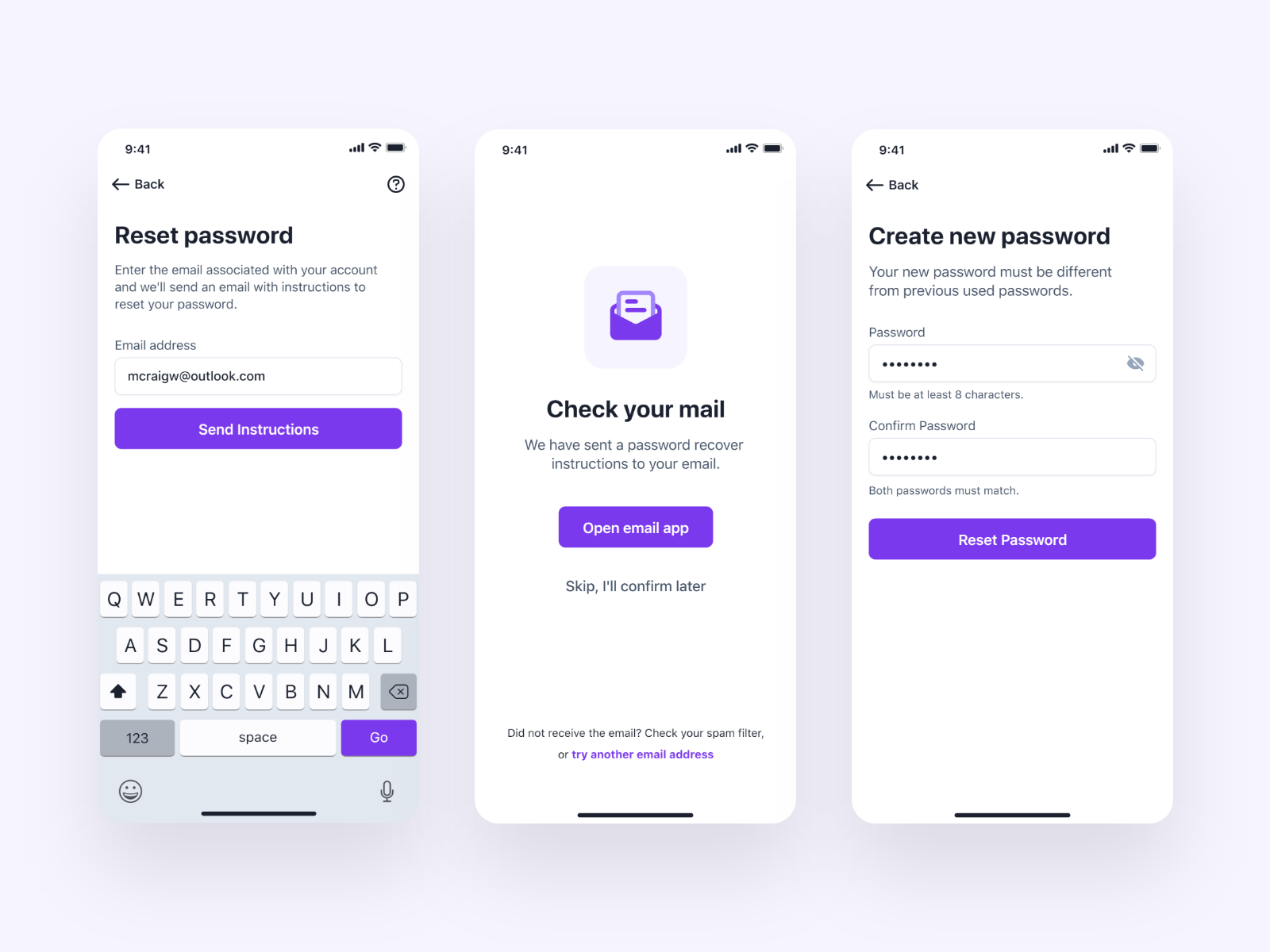
- #Resetting retrospect client password how to
- #Resetting retrospect client password install
- #Resetting retrospect client password password
#Resetting retrospect client password password
Make sure the root password or sudo password is handy. Temporary root access is required for part of the install.

The installation is performed as the newly created papercut user and installs to that user’s home directory. PaperCut NG/MF is supplied as a self-extracting and self-installing archive.
#Resetting retrospect client password install
Step 3: Download and install PaperCut NG/MF
#Resetting retrospect client password how to
Consult your distribution documentation for details on how to open firewall TCP ports.

Take some time now to ensure these ports are open. PaperCut NG/MF uses TCP Ports 9191 (for HTTP), 9192 (for HTTPS/ SSL), 9193 (for Binary) and 9195 (for HTTPS/ SSL on supported devices) and these ports must be open. Many Linux distributions have strict default firewall policies. For other distributions, the methods of setting user-level ulimit levels vary, however, the common solution is to add the following line to /etc/security/nf: papercut - nofile 65535 On systemd Linux distributions, this limit is automatically configured so you do not need to do anything. The papercut account is a special account used for hosting an application and needs to be granted sufficient resource limits, such as the ability to open many files. Some Linux distributions impose strict resource usage limits on user accounts ( ulimit). If an alternate home location is defined, some of the paths listed in subsequent sections will require modification. These instructions assume the install location is /home/papercut. Administrators can, however, also consider alternate install locations depending on personal preference. home/papercut is the recommended location. The user’s home directory (the -d option) denotes the install location. They can also be called adduser and addgroup. The syntax for useradd and groupadd can differ slightly on different versions of Linux. This is usually done by logging in as root and using a user management GUI tool or at the command prompt entering: shell> useradd -m -d /home/papercut papercut Create a user account on this system called papercut. The installation location for the application is the papercut user’s home directory. PaperCut NG/MF runs and installs under a non-privileged user account called “papercut”.

Step 2: Create the host user account and firewall settings Other Linux or Mac workstations use IPP via CUPS.Įnsure that printers are configured correctly and work. For example, a Windows workstation can connect to a samba exposed printer via \\\. Ensure workstations are configured to print to the shared print queues. Other workstations should connect to these printers as “Network Printers”. In a multi-user environment, printers are often shared with other network users. Is the operating system version supported and are patches up-to-date? (see PaperCut MF System Requirements).Īre printer(s) installed and hosted on this system and are they exposed to the network either via CUPS or Samba? Administrators should ensure that the print queues are set up and working as expected before attempting to install PaperCut NG/MF. Step 1: System requirementsīefore proceeding with the installation the SysAdmin should take a few moments to verify system requirements. The following section assumes knowledge of general Unix/Linux system management including using the command-line, creating users, editing configuration files and understanding file permissions.


 0 kommentar(er)
0 kommentar(er)
